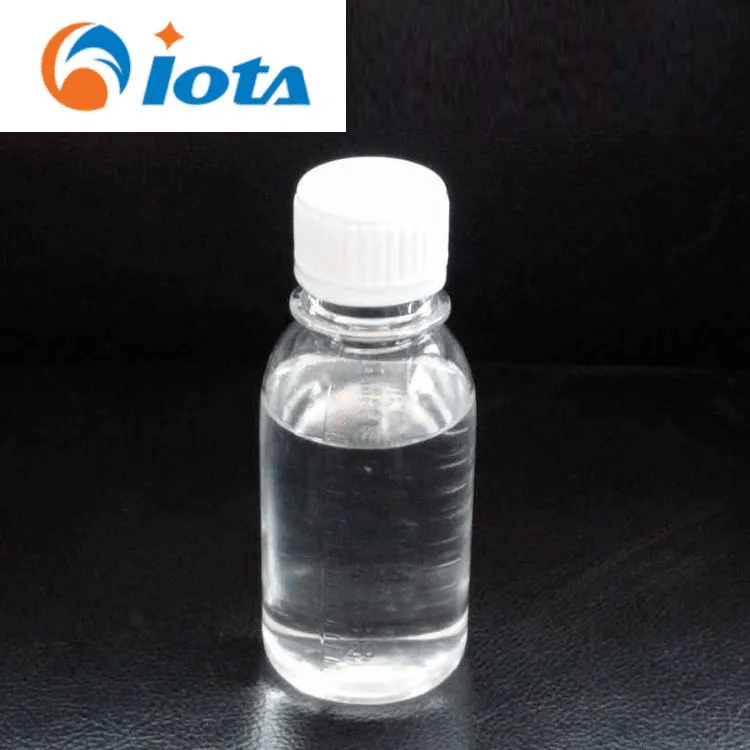Organosilicon Compounds use Si-O bonds as the main chain and introduce organic groups such as methyl, ethyl, and phenyl to form a vast product system covering silicone oil, silicone rubber, silicone resin, and silane coupling agents. They are widely used in strategic emerging industries such as new energy, electronic information, and biomedicine, and have become the "technological cornerstone" for promoting manufacturing upgrading.

Panoramic view of the industrial chain: the "three-level leap" from silicon ore to high-end applications
Upstream: Silicon ore and industrial silicon:
The global silicon ore reserves are concentrated in China (accounting for 65%) and Brazil. China has reduced the production cost of industrial silicon to the lowest level in the world (about $1200/ton) through the "coal electricity silicon" integration model. However, the high-purity silicon (above 9N) required for high-end products still relies on imports.
Midstream: Organic silicon monomers and intermediates:
Dimethyldichlorosilane (DMC) is the core monomer, accounting for over 50% of the industry chain cost. China's DMC production capacity accounts for 60% of the world's total, but its monomer synthesis technology (such as direct process) still lags behind international standards, resulting in a 10-15 percentage point lower gross profit margin for high-end products (such as high viscosity ethyl silicone oil) compared to international enterprises.
Downstream: Strategic emerging industry applications:
New energy: Organic silicon materials are used as electrolyte additives in lithium batteries (such as ethylene carbonate siloxane copolymers), which can inhibit lithium dendrite growth and increase cycle life by 30%; In the field of photovoltaics, although silicone rubber encapsulation materials account for less than 2% of module costs, they determine a 25 year service life.
Electronic information: Silane coupling agents can enhance the adhesive strength of chip packaging materials and reduce cracking caused by mismatched thermal expansion coefficients; Flexible silicone display substrate with a bending radius of<1mm, suitable for wearable devices.
Biomedical: Medical grade silicone rubber used for artificial heart valves and urinary catheters must pass ISO 10993 biocompatibility certification; Ethyl silicone oil modified drug carrier can achieve pH responsive release and improve targeted therapy efficiency.
Technological Innovation: From "Following" to "Running Together"
Breakthrough in monomer synthesis:
Domestic enterprises have increased the conversion rate of DMC synthesis from 85% to 92%, expanded the single line production capacity from 50000 tons/year to 200000 tons/year, and reduced unit energy consumption by 30% through catalyst improvements (such as replacing platinum with copper) and continuous production processes.
Functional modification technology:
Click chemistry: Through thiol ene click reaction, rapidly prepare ethyl silicone oil polyethylene glycol copolymer for tumor targeted drug delivery, with drug loading increased to 20%.
Atom transfer radical polymerization (ATRP): Achieving precise control of organic silicon molecular weight (Mw=5000-50000), developing highly transparent and low haze optical grade silicone rubber for AR/VR lenses.
Circular economy model:
Establishing a system for recycling organic silicon waste (such as using pyrolysis and rearrangement technology to recover D4) can reduce production costs by 20%. The European Union has introduced regulations requiring a 40% recovery rate for organic silicon products by 2030, and China is piloting an "extended producer responsibility system".
Market Pattern and Competitive Strategy
Global market: The size of the silicone market is expected to reach $18 billion in 2023, and is projected to exceed $25 billion by 2028, with a compound annual growth rate of 6.8%. Among them, the Asia Pacific region accounts for over 55%, with China being the largest producer and consumer country.
Competitive focus:
International giants: Dow Corning (now Dow), Wacker, and Shinetsu Chemical focus on high-end medical and electronic products, and hold core patents (such as Wacker's α, ω - dihydroxypolydimethylsiloxane synthesis technology).
Domestic enterprises: Hesheng Silicon Industry and Xin'an Co., Ltd. have reduced costs through the "integrated mining, electricity, and silicon" model, occupying advantages in the mid to low end markets such as building sealants and power insulators. However, their dependence on imported high-end products still exceeds 40%.
Future direction:
Cross border integration: Organic silicon is combined with graphene and carbon nanotubes to develop high thermal conductivity and high-strength materials for use in 5G base station heat dissipation and aerospace.
Biomedical: With the aging population, the demand for organosilicon in fields such as artificial joints and tissue engineering scaffolds has surged. It is expected that by 2025, the global medical grade silicone market will reach a size of 3 billion US dollars, with a compound annual growth rate of 8.5%.
From "industrial lubricants" to the "technological cornerstone" of strategic emerging industries, organic silicon materials are reshaping the global manufacturing landscape driven by technological innovation. China needs to accelerate the breakthrough of high-end product technology barriers and build a full industry chain advantage of "raw materials production recycling" in order to occupy the high ground in global competition.
http://https://www.ethylsilicone.com/
